Ping Glide 2.0 Wedge Review
Would Ping's latest wedge offering deliver the control it promised?
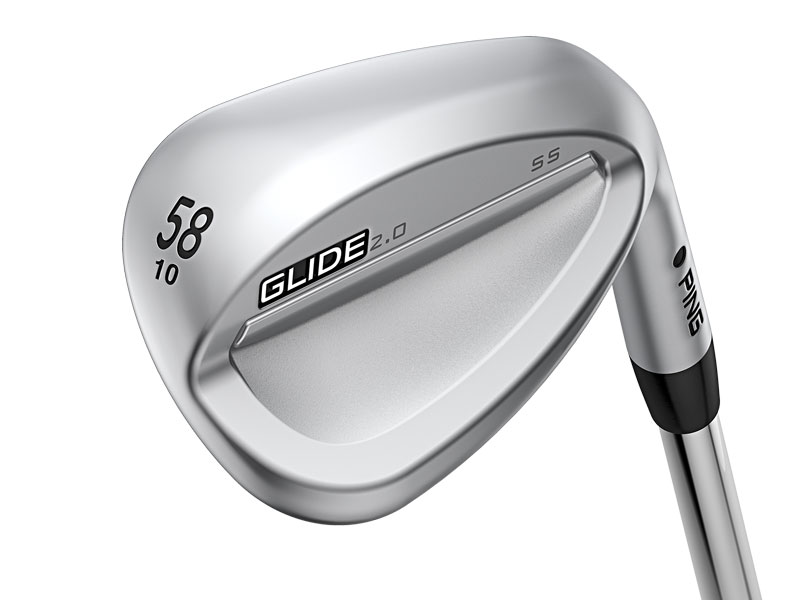
Golfers can now create a more precise wedge-set make-up and generate more spin from different lies. The four sole grinds provides the versatility golfers are looking for while the look and feel is consistent with compact iron models in Ping's range like the iBlade and i200.
-
+
The lower ball flight with extra spin on mid-to-long pitch shots is much easier to control and predict
-
-
The large profile and lack of finish options won't suit everyone
Why you can trust Golf Monthly

Ping Glide 2.0 Wedge Review - Golf Monthly technical editor Joel Tadman reviews the new Ping Glide 2.0 wedges
Ping Glide 2.0 Wedge Review
Key Technology Precision-milled grooves vary in design depending on the loft. From 54˚ to 60˚ the grooves feature a shallower side wall, a sharper edge radius and two additional grooves compared to the 50˚ and 52˚ models.
A hydropearl chrome finish helps repel water for more consistent spin from different lies. It comes in four sole designs: thin sole, standard sole, wide sole and eye sole.
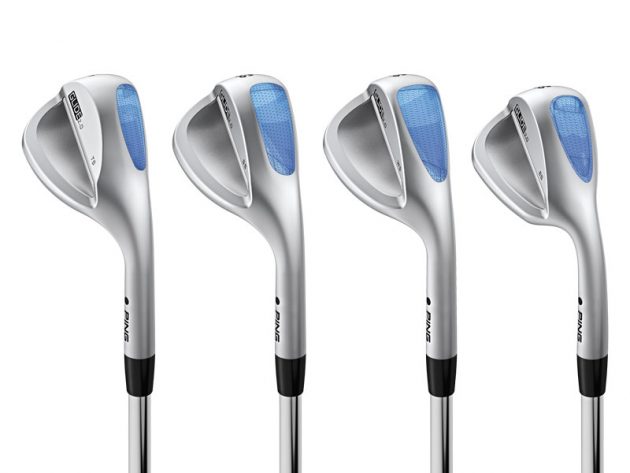
Related: Ping Glide 2.0 wedges launched
Will Suit Golfers seeking excellent spin control and versatility around the green
GM Review Looks The finish on the Glide 2.0 wedge matches the iBlade and i200 irons perfectly, creating better visual continuity in your set. Minor design changes include extra grooves on the higher-lofted wedges, no signature Ping notch in the hosel, the numbering moving from the sole to the toe and the bounce number being included.
Performance While the shape or versatility doesn’t appear to have changed, Ping has really gone to town on improving the levels of spin golfers can generate when hitting into the green from close range.
This especially comes into its own on chips and short pitch shots from the semi-rough with the higher-lofted wedges, where direct comparison testing against the old Ping Glide wedge showed a little extra bite on the second bounce.
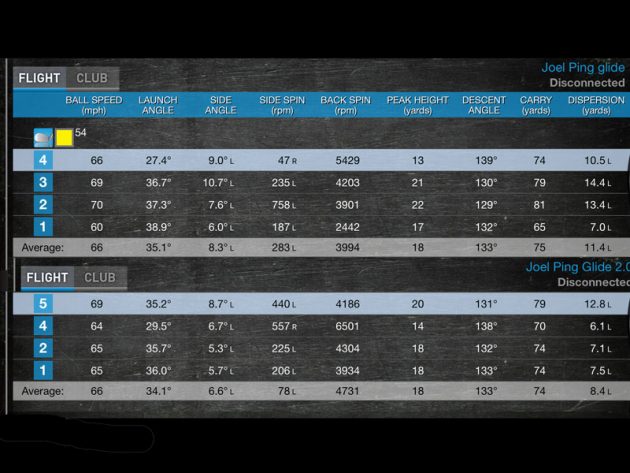
Launch monitor testing on the Foresight Sports GC2 on 75-yard pitch shots with the 54° wedge also showed a lower launch angle and more backspin than the original Glide wedge, showing that the new groove configuration and numeration is helping grip the ball's cover more effectively, although some of the improvement in numbers could be down to slightly cleaner grooves and a better strike.
There’s no Dyla-wedge grip included this time, which was longer and provided reference points when gripping down, but I don't think this will be missed and it certainly doesn't detract from what is an excellent and improved offering from Ping in the wedge category.
Get the Golf Monthly Newsletter
Subscribe to the Golf Monthly newsletter to stay up to date with all the latest tour news, equipment news, reviews, head-to-heads and buyer’s guides from our team of experienced experts.

Joel has worked in the golf industry for over 15 years covering both instruction and more recently equipment. He now oversees all equipment and video content at Golf Monthly, managing a team of talented and passionate writers and presenters in delivering the most thorough and accurate reviews, buying advice, comparisons and deals to help the reader or viewer find exactly what they are looking for.
One of his career highlights came when covering the 2012 Masters he got to play the sacred Augusta National course on the Monday after the tournament concluded, shooting a respectable 86 with just one par and four birdies. To date, his best ever round of golf is a 5-under 67 back in 2011. He currently plays his golf at Burghley Park Golf Club in Stamford, Lincs, with a handicap index of 3.1.
Joel's current What's In The Bag?
Driver: Titleist GT3, 9°, Fujikura Ventus Black 6 S shaft.
Fairway wood: Titleist TSR3, 15°
Hybrid: Titleist TSi2, 18°
Irons: Titleist T150, 4-PW
Wedges: Titleist Vokey SM10, 50°, 54° and 58°
Putter: LAB Golf DF3
Ball: 2025 Titleist Pro V1x
-
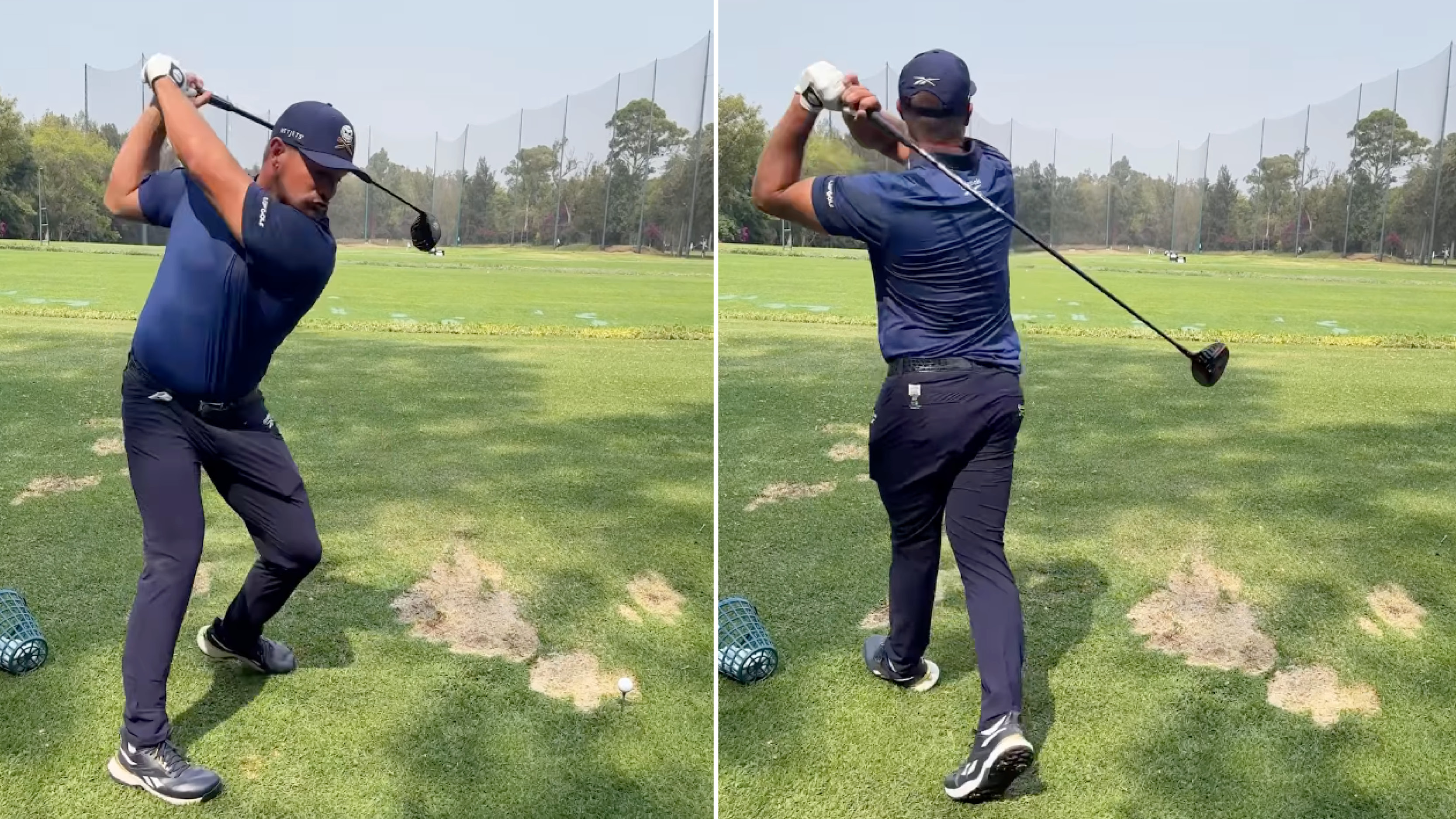 Watch Bryson DeChambeau Smash 400+ Yard Monster Drive In LIV Golf Mexico Practice
Watch Bryson DeChambeau Smash 400+ Yard Monster Drive In LIV Golf Mexico PracticeDeChambeau is hitting mega drives this week in the 7,800ft altitude setting of Golf Club de Chapultepec in Mexico City
By Elliott Heath Published
-
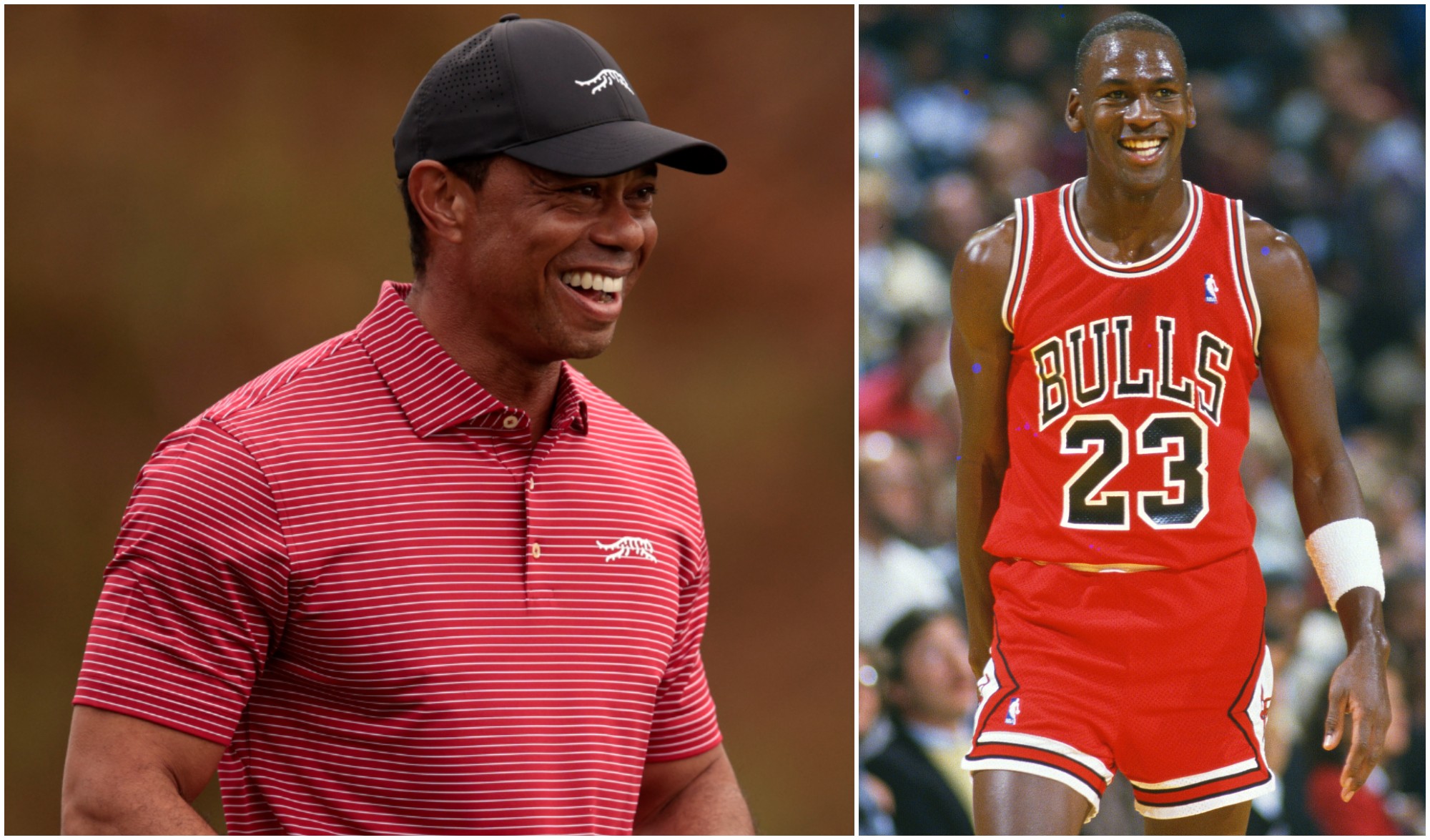 Tiger Woods Heads 8 Golfers To Make All Time Rich List Of Top 50 Highest Paid Athletes
Tiger Woods Heads 8 Golfers To Make All Time Rich List Of Top 50 Highest Paid AthletesTiger Woods is the second highest paid athlete of all time behind only Michael Jordan in a new top 50 rich list from Sportico
By Paul Higham Published
-
 Rory McIlroy And Shane Lowry Explain Golf Ball Tactics For Zurich Classic Foursomes
Rory McIlroy And Shane Lowry Explain Golf Ball Tactics For Zurich Classic FoursomesDefending Zurich Classic of New Orleans champions Rory McIlroy and Shane Lowry explained how they go about picking which golf ball to use in foursomes
By Paul Higham Published